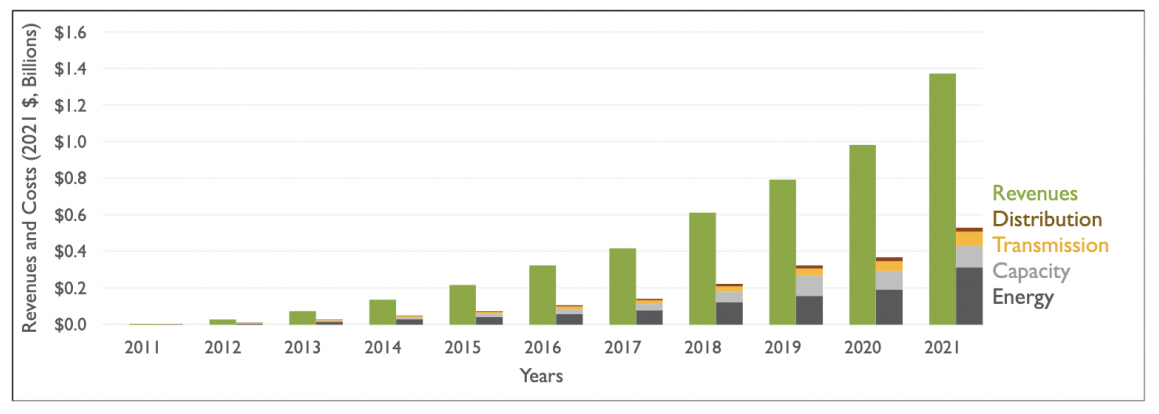
In recent years, the increasingly widespread adoption of electric vehicles (EVs) has transformed not only the automobile market, but also the energy sector.
Not only are these vehicles an alternative to ICEs that should help reducing greenhouse gas emissions and air pollution, but they are also helping to lower electricity costs for all consumers, including those who do not own an EV.
These are the statements in a report published in January 2024 entitled 'Electric Vehicles Are Driving Rates Down for All Customers', conducted by Synapse Energy Economics on behalf of the US Natural Resources Defense Council.
The rise in electric vehicle usage
The number of EVs on US roads is growing rapidly; by the end of 2022 more than 3.2 million EVs had been sold in the US.
This growth has been spurred by actions at the federal, state and municipal levels, as well as via private sector initiatives to encourage EV adoption.
All this translates into an increase in electricity demand associated with electric cars, which could increase total electricity consumption by 25% in the near future.
However, the ability of these vehicles to charge during low-demand hours can help stabilise or even reduce electricity costs for all.
Indeed, as the report states, over the past 11 years EV drivers in the US have contributed about $3.12 billion more in revenues than the associated costs, thus driving costs down for all utility clients.
If we also include utility spending on EV programmes, EV owners have contributed about $2.44 billion more in revenues than costs.
How do EVs affect electricity tariffs?
The key question is to understand how EVs affect electricity tariffs for all households, including those who do not own an EV.
To answer this question, it is necessary to compare electric utility revenues from EV charging with the utility costs associated with EV charging.
If the revenues from EVs exceed the costs of the utility system, the adoption of EVs can reduce electricity tariffs for all customers. Conversely, if costs are higher than revenues, owners of non-electric vehicles may end up paying more for their electricity.

Studies by Synapse Energy Economics have shown that, with the increasing adoption of EVs, revenues tend to exceed costs across all regions of the US. This effect is particularly marked in California, which is home to more than 40 percent of EVs in the Country.
The importance of the timing of charging
As mentioned, the time at which EV owners recharge their vehicles is of paramount importance in terms of reducing grid stress and lowering overall tariffs.
Indeed, if vehicles were to be recharged when demand is already high and electricity is the most expensive, the impact and costs on the grid could increase.
Conversely, if they are recharged during off-demand hours, such as at night, or by harnessing solar energy during peak sunshine hours, they can help use electricity resources more efficiently and reduce costs for everyone, especially if EV owners are incentivised to use the cheapest tariffs and charging infrastructure is invested in.
Conclusion
We have observed that electric vehicles offer significant environmental benefits and, if managed correctly, can also help reduce electricity tariffs for all.
The growth of the electric vehicle market promises not only to reduce emissions but also to encourage more efficient use of the electric system, bringing economic benefits to all consumers.
The public service plays a crucial role in this process by promoting time-of-use tariffs and investing in charging infrastructure.



